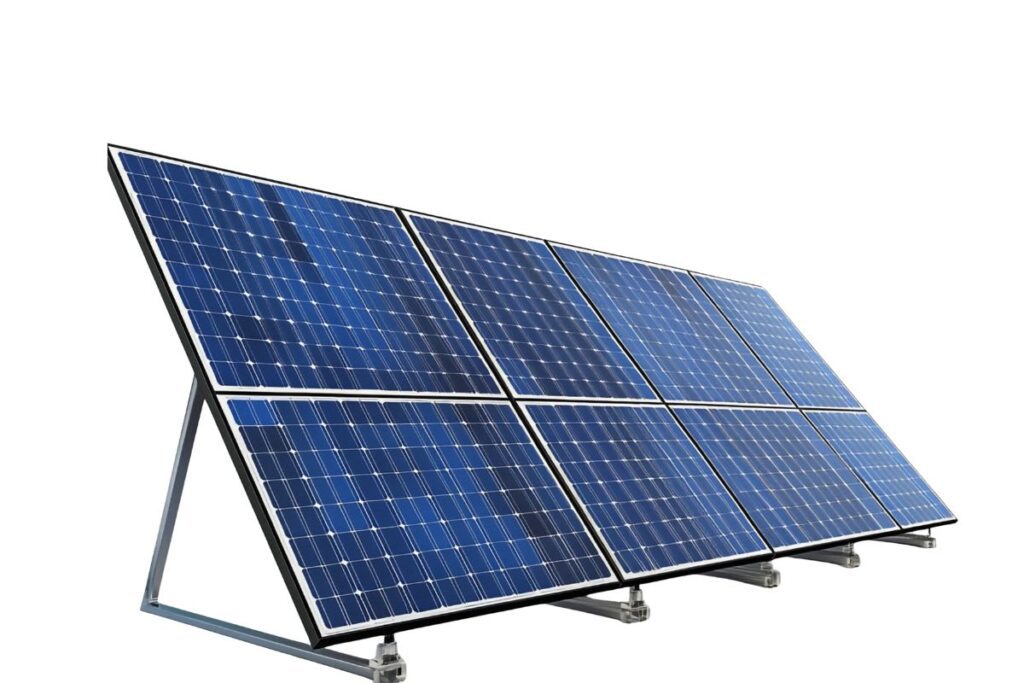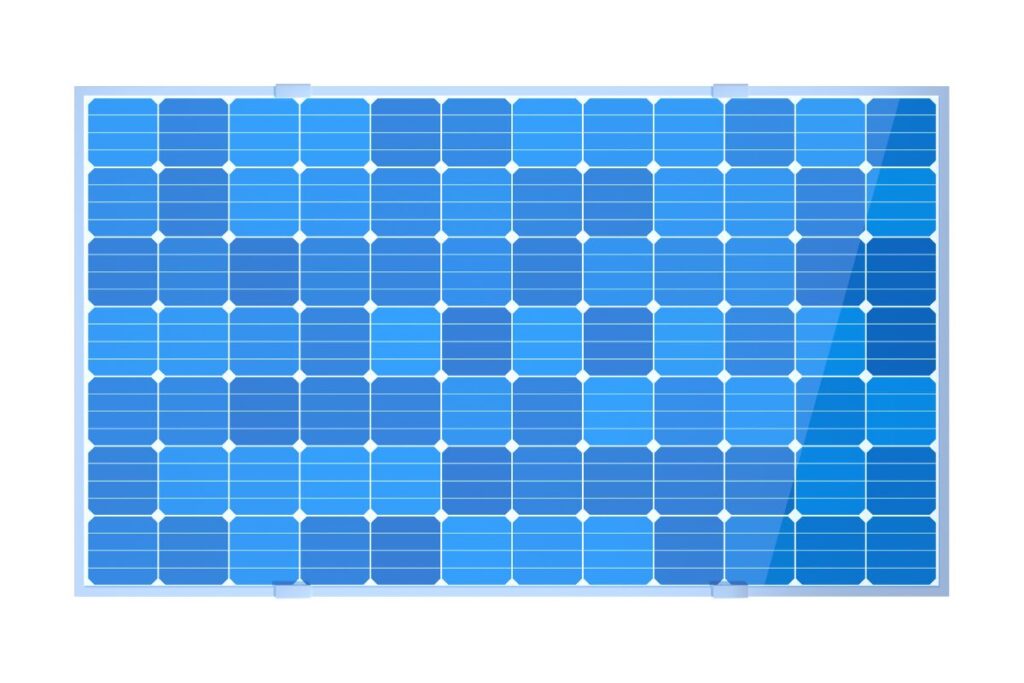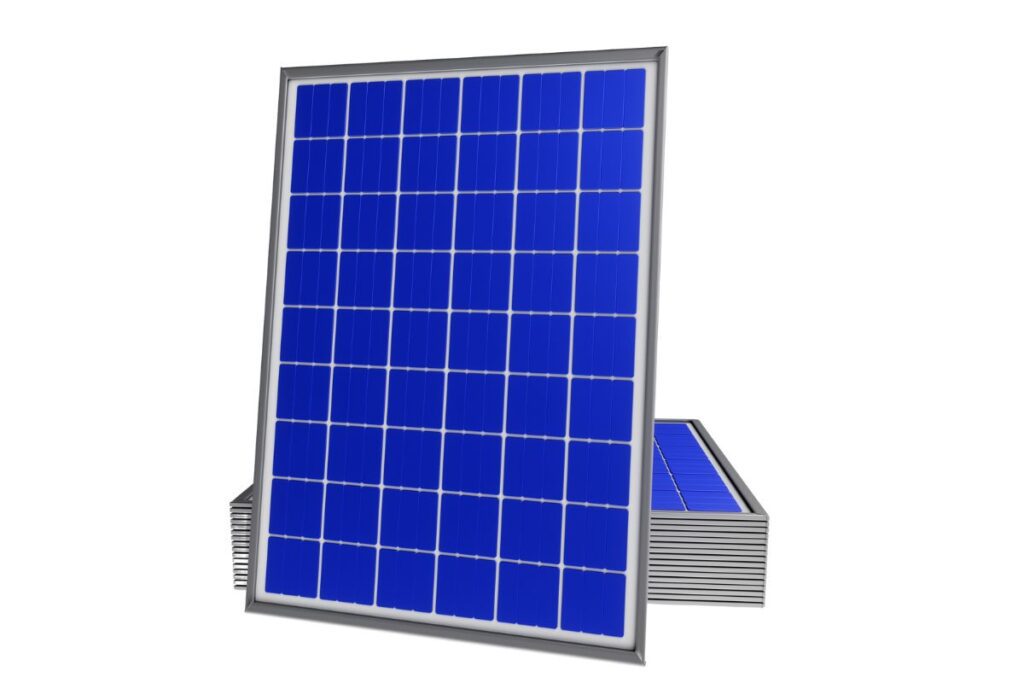Switching to solar energy is one of the best ways to save on electricity bills in Wisconsin, reduce your reliance on utility providers, and contribute to a greener planet. However, choosing the right solar panel system can be a bit overwhelming, especially with all the different types of solar panels available. Don’t worry! This guide will walk you through the basics of each type of solar panel, explain their pros and cons, and give you the information you need to make the best decision for your home or business.
Whether you’re just starting to explore solar energy or are ready to install your first system, this post will help you understand the options and make an informed choice.

Why Is Solar Power Important for Your Home or Business?
The Role of Solar Energy
Solar power offers significant benefits for both homeowners and businesses. By harnessing the sun’s energy, solar panels allow you to generate your own electricity, which can lead to substantial energy savings. Instead of relying solely on utility providers, you can produce your own clean energy, reducing monthly electricity bills and lowering your carbon footprint.
- Energy Savings: Solar energy helps you significantly reduce your electricity bills.
- Energy Independence: Decrease your reliance on utility companies and enjoy greater control over your energy use.
- Environmental Impact: By using solar energy, you’re reducing greenhouse gas emissions, making a positive impact on the environment.
Main Types of Solar Panels
There are several types of solar panels to consider. Each type has its own unique characteristics, and the right one for you will depend on factors like your budget, space, and energy needs. Let’s break them down:
1. Monocrystalline Solar Panels

What are they?
Monocrystalline panels are made from a single, continuous crystal structure, giving them a distinct black appearance. These are the most common and efficient type of solar panel available.
Pros:
- High Efficiency: Monocrystalline panels convert more sunlight into electricity, making them the most efficient option.
- Long Lifespan: These panels are durable and can last for over 25 years.
Cons:
- Expensive: Due to the high manufacturing cost, they tend to be pricier than other types.
Best For: Homeowners with limited space or those looking for maximum energy efficiency.
2. Polycrystalline Solar Panels

What are they?
Polycrystalline panels are made from silicon crystals that are melted together. They’re an affordable alternative to monocrystalline panels.
Pros:
- Lower Cost: These panels are more affordable than monocrystalline, making them a great option for budget-conscious buyers.
- Decent Efficiency: While slightly less efficient than monocrystalline, polycrystalline panels still perform well.
Cons:
- Lower Efficiency: They are not as efficient as monocrystalline panels, meaning they may require more space to generate the same amount of electricity.
Best For: Budget-conscious homeowners or businesses with larger spaces to install more panels.
3. Thin-Film Solar Panels
What are they?
Thin-film panels are lightweight and flexible, making them suitable for unique applications, such as curved surfaces or portable installations.
Pros:
- Flexible and Lightweight: These panels can be applied to unconventional surfaces and are easy to install.
- Affordable: Generally cheaper than crystalline panels.
Cons:
- Low Efficiency: These panels are less efficient, so they need more space to generate the same amount of energy.
- Shorter Lifespan: Thin-film panels typically have a shorter lifespan than crystalline options.
Best For: Large-scale installations or projects where flexibility and cost are a priority.
4. PERC (Passivated Emitter and Rear Cell) Panels
What are they?
PERC panels are an advanced version of monocrystalline panels with an additional layer that improves efficiency by reducing electron recombination.
Pros:
- Improved Efficiency: PERC panels perform better in high temperatures and generate more energy than traditional monocrystalline panels.
- Better Energy Output: They can deliver a higher output, especially in sunny climates.
Cons:
- Higher Cost: PERC panels are more expensive due to the added technology.
Best For: Homeowners or commercial property owners in warmer climates or those seeking higher energy output.
5. Bifacial Solar Panels
What are they?
Bifacial panels are designed to capture sunlight from both the front and rear sides, using reflected light from surfaces like rooftops or the ground to increase energy production.
Pros:
- Increased Energy Production: Bifacial panels can generate up to 30% more energy than traditional panels.
- Durability: These panels are built to last longer and provide more energy.
Cons:
- Special Installation: Bifacial panels require reflective surfaces and specific installation setups to work at their full potential.
Best For: Large-scale installations or areas with reflective surfaces, like rooftops with snow or light-colored roofs.
Basic Maintenance for Solar Panels
To ensure your solar panel system continues to perform optimally, regular maintenance is essential. Here are some basic tips for keeping your panels in great shape:
Regular Cleaning and Upkeep
- Monocrystalline and Polycrystalline Panels: Clean your panels every 3-6 months using a soft brush or cloth to remove dirt and debris.
- Thin-Film Panels: These panels accumulate dirt faster, so they may need more frequent cleaning.
- PERC and Bifacial Panels: Clean both sides of the panels regularly to maintain maximum efficiency.
Monitoring Performance
- Keep an eye on your system’s energy production. If the performance drops significantly, it may be time to clean the panels or check for blockages or damage.
Check for Damage
- Inspect your panels for cracks or physical damage. Damaged panels should be repaired or replaced to maintain system performance.
Common Beginner Mistakes to Avoid
1. Overlooking Panel Size and Efficiency
- Mistake: Choosing panels that don’t meet your energy needs.
- Solution: Make sure to calculate your energy consumption and choose panels with the right efficiency for your needs.
2. Ignoring Regular Cleaning and Maintenance
- Mistake: Forgetting to clean the panels or waiting too long between cleanings.
- Solution: Set up a routine cleaning schedule and ensure the panels are always free from debris.
3. Overlooking Environmental Conditions
- Mistake: Not considering the local climate when selecting panels.
- Solution: If you live in a hot, sunny area, PERC or bifacial panels may be ideal for you due to their higher efficiency in such conditions.
4. Underestimating the Importance of Professional Installation
- Mistake: Attempting a DIY installation without proper knowledge or tools.
- Solution: Always hire a certified installer to ensure your panels are installed correctly for optimal performance.
Conclusion: Choosing the Right Solar Panel for Your Home or Business
Choosing the right solar panel system is crucial for maximizing your energy savings and ensuring long-term success. Here’s a quick recap of your options:
- Monocrystalline panels: Best for high efficiency and longevity.
- Polycrystalline panels: Great for those on a budget but still looking for solid performance.
- Thin-film panels: Ideal for large installations where flexibility is needed.
- PERC and bifacial panels: Best for areas with plenty of sunlight and those looking for maximum energy output.
Ready to make the switch? Explore our solar panel options, including installation, inspection, and request a quote today to find the best solution for your needs.
Read our recent solar blogs & pro tips
How does the solar heating system work
How is solar heating used in households
Monthly bill for solar panels
Is Solar Energy A Good or Bad Thing to Buy
How Long Does Solar Installation Take
How Much Do Solar Panels Cost In Wisconsin
How Much Does 1 Solar Panel Cost
Residential solar panels cost
